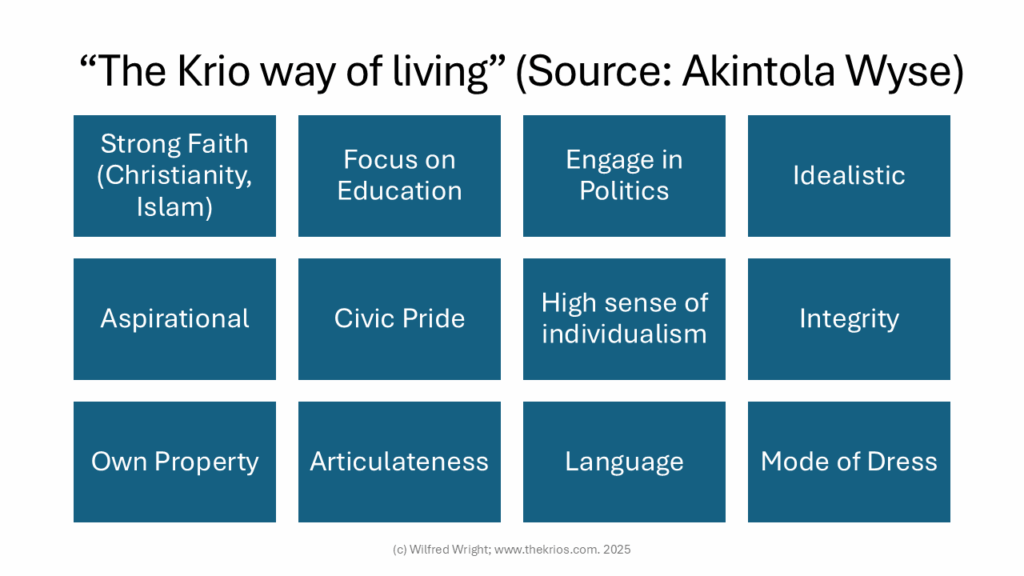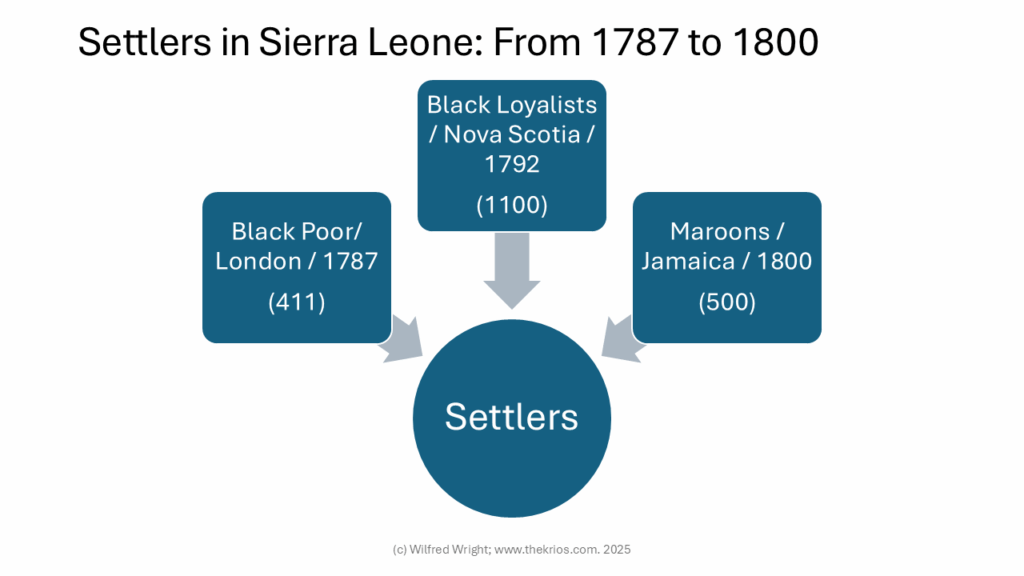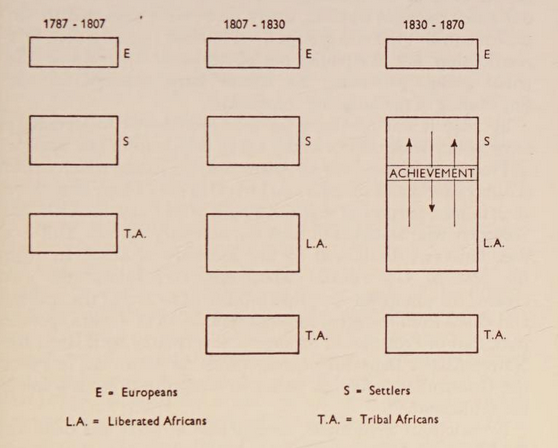- Strong Faith (Christianity, Islam)
- Focus on Education
- Engage in Politics
- Idealistic
- Aspirational
- Civic Pride
- High sense of individualism
- Integrity
- Own Property
- Articulateness
- Language
- Mode of Dress

celebrating krios worldwide

The table below is a brief overview of the settlers who arrived in the Colony of Sierra Leone between 1787 and 1800.
| Year | Number | Who ? | From ? |
| 1787 | 411 | Black Poor | London |
| 1792 | 1100 | Black Loyalists | Nova Scotia |
| 1800 | 500 | Maroons | Jamaica |

The term Creole is used to refer to descendants of Settlers and Liberated Africans in Sierra Leone and to others who had cultivated their habits and had come to accept their way of living.
From Creoledom, A Study on the Development of Freetown Society
Arthur T Porter
London, Oxford University Press, 1963

Mid-15th Century:
Early to Mid-17th Century:
Late 18th Century (1770s-1790s):
Early 19th Century (1800-1820s):
Late 19th Century:
20th Century:
Groups: